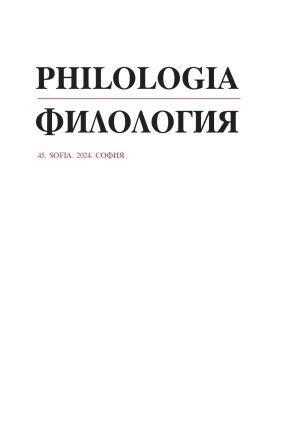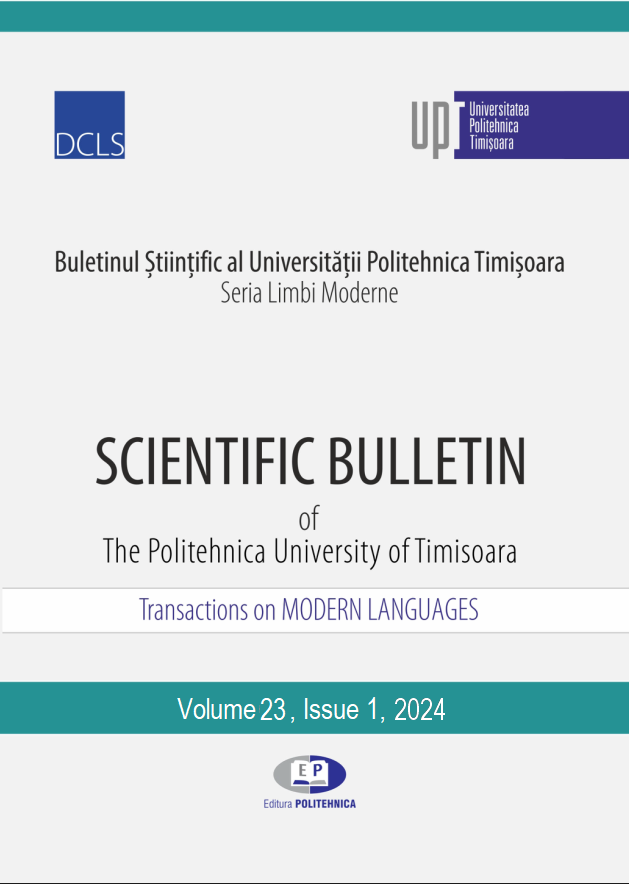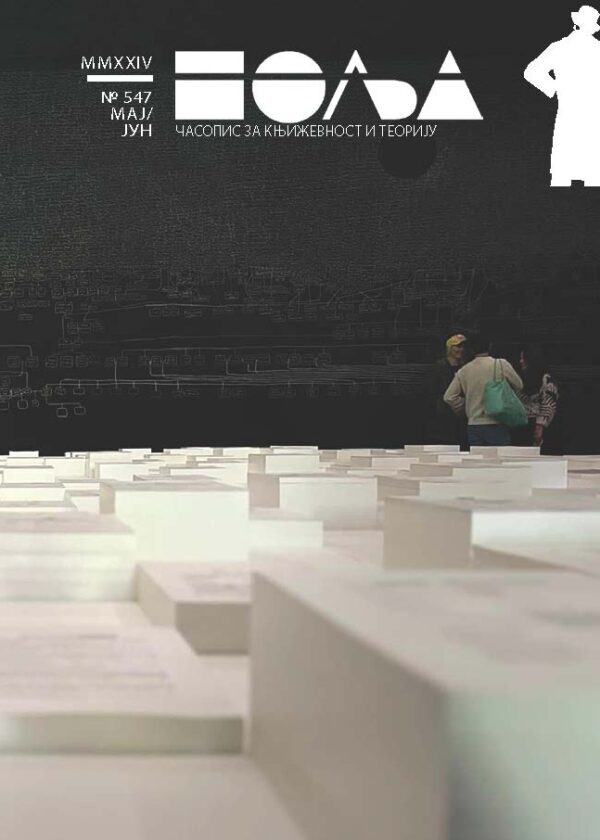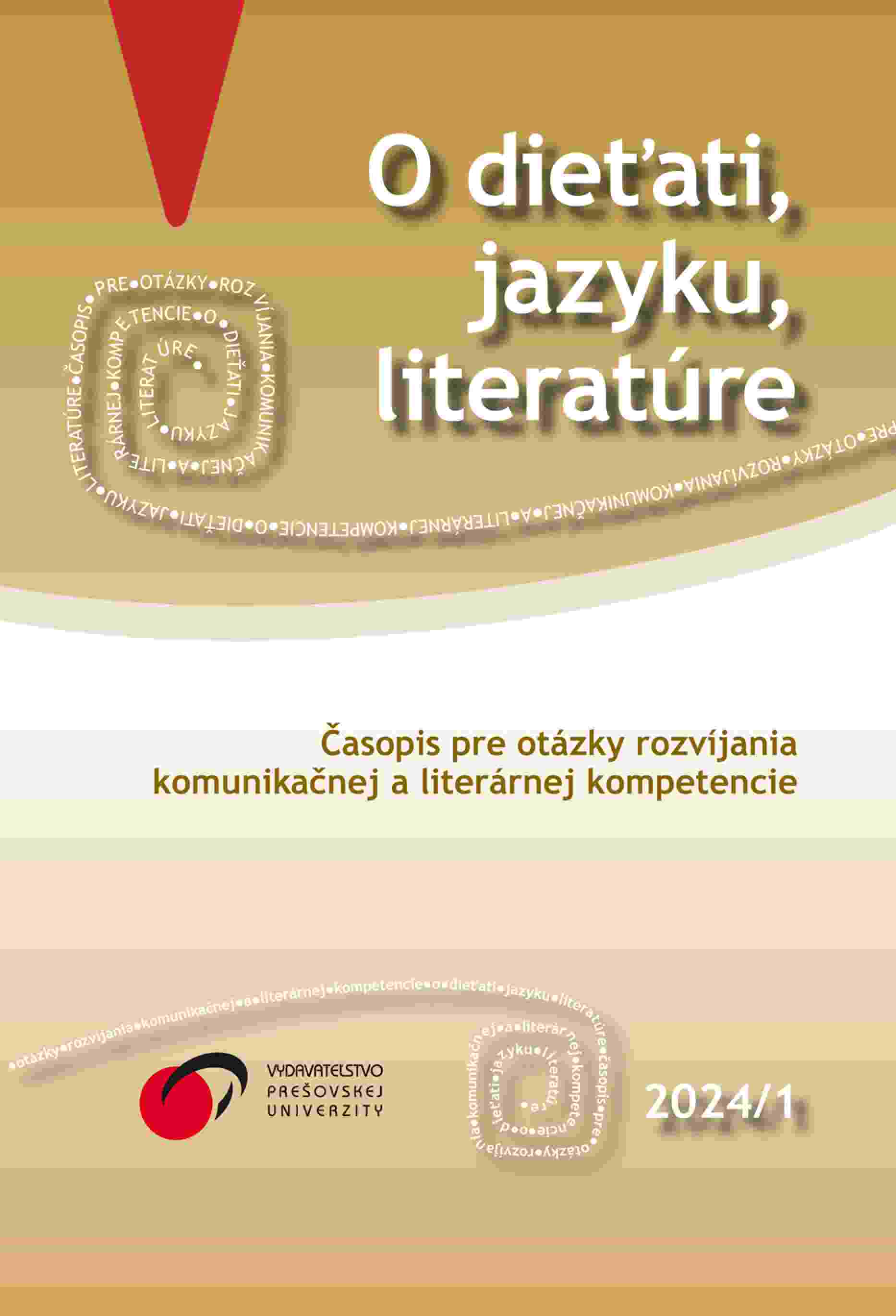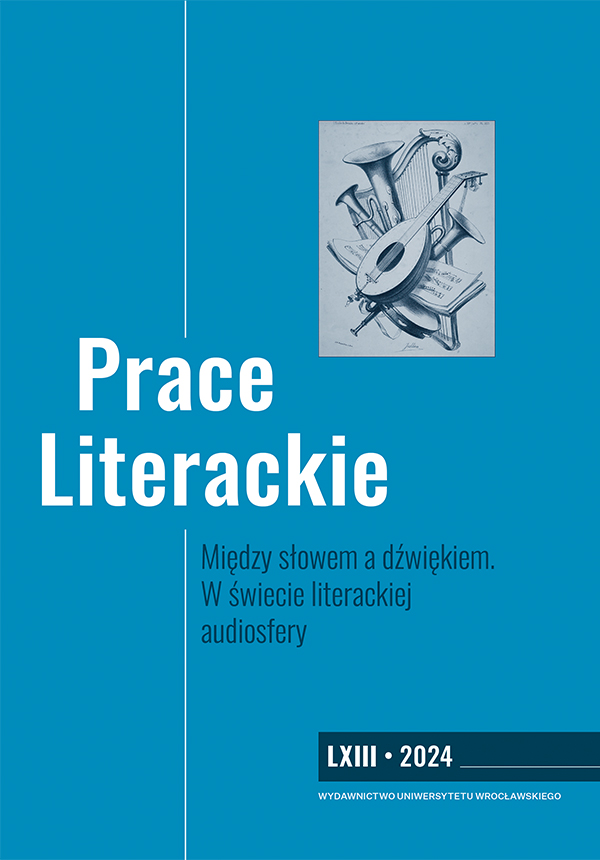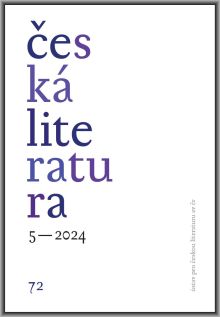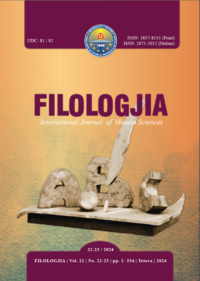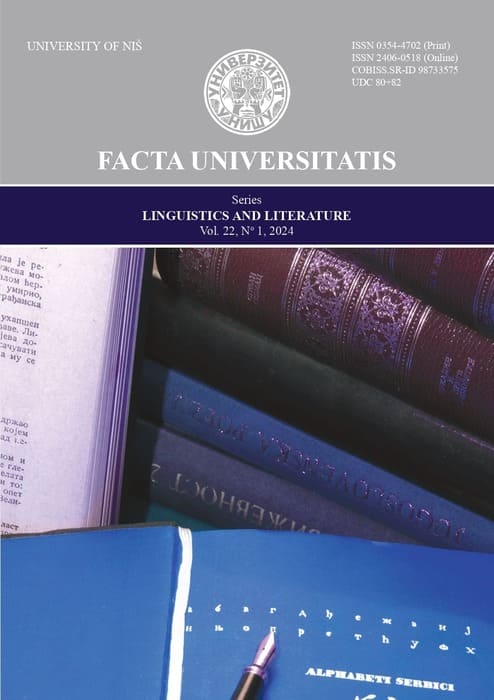
Od krvelačného D(d)ivocha k P(p)ůvodnímu obyvateli
This paper discusses some aspects of past and present debates concerning the English terms used to collectively refer to members of Indigenous peoples in the United States, and relates them to the Czech controversy about the capitalization of the “i” in the Czech word “indián“ (Indian). The paper follows the history of referring to the Native population, arguing that the inability to find a term in the language of the dominant Anglophone culture that is not controversial reflects the deeply problematic relationship of that culture to the cultures it has colonized and whose identity it has damaged. In this context, it is interesting to ask whether the Czech dispute over the capital “I” in the word “Indián” is a purely orthographic matter, or whether it points to more complex, albeit unreflected, issues of colonization and cultural oppression.
More...
